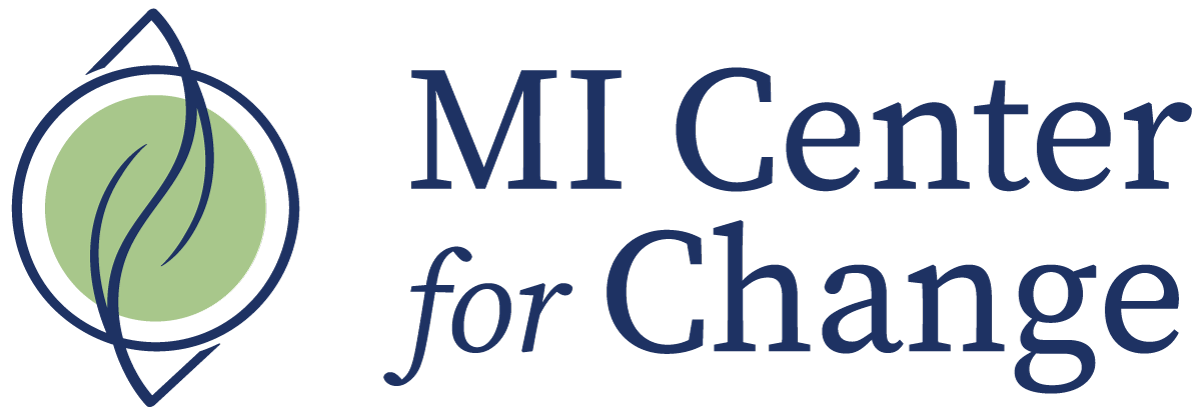I had a training participant ask me recently, “When is confrontation appropriate? What about when a client is clearly in denial/stuck/not changing?”
This is a very good question, the answer of which involves Goldilocks and the Three Bears.
I’ll get to Goldilocks. First, I’ll share this. A client once taught me the Latin root of the word “confront.” ‘Front’ being face, and con being “with.” To be faced with. To bring face to face.
Isn’t this what we are doing as we are guiding clients toward change? Sometimes it’s about helping them to come face to face with what IS in order to see the need for change.
So is there a place for confrontation within Motivational Interviewing?
We can confront a client without being confrontational.
This is where the concept of “developing discrepancy” comes in. Bill Miller (co-creator of MI) defines this as the discrepancy between present and desired states. The difference between what is happening right now, and what it is I am wanting/needing/desiring. When this discrepancy is pointed out, it’s uncomfortable, and fuel for motivation for change. We want present and desired states to come into alignment.
So finally, to Goldilocks and the Three Bears.
Bill Miller points out that when we are developing discrepancy with clients, there is such a thing as “too little,” “too much,” and “just right.” In the story, Goldilocks sits first in the little baby bear’s chair and says, “This one is too small!” Then, she tries papa’s chair, “This one is too big!” Then, she tries Mama’s chair. “This one is JUST RIGHT!”
Think about it. If the discrepancy (difference) between what a client is doing and what they WANT to be doing is too big, what happens? “This chair is too big!” The change is too daunting. Feels unattainable. So…Shut down. Collapse. Avoidance. Stuckness remains.
If the discrepancy is too small, “Why bother? It doesn’t seem important enough to prompt action.” Stuckness remains.
We are looking for the “just right” with discrepancy (or, the new definition of the word confront- bringing face to face with). Where the client’s desired change feels possible, and their sense of self-efficacy & confidence is enough to help fuel that change. We may need to downside the change (too big to just right) or increase the importance of the change (too small to just right). We also may need to work to increase their confidence in their ability to change. That’s another topic entirely!
Motivational Interviewing Tip:
Motivational Interviewing reminds us of the importance of developing discrepancy from the spirit of curiosity, compassion, & evocation. If my client is struggling with seeing the need for change, how can I reflect to the client the difference between their present state (what is) and their desired state? Reflect their response.
I share this post a short video as well if you’d rather watch/listen than read! Feel free to pass along this post of video!



Thank you Hillary! That was just right!